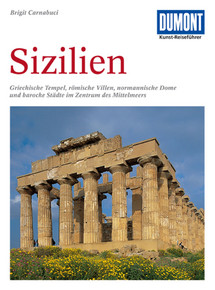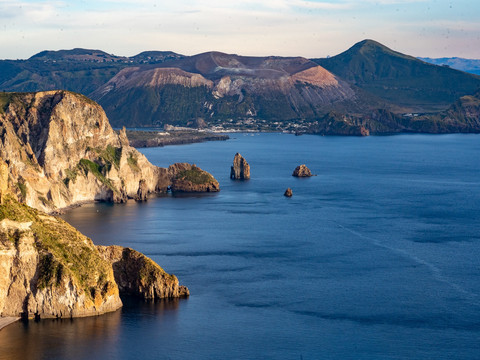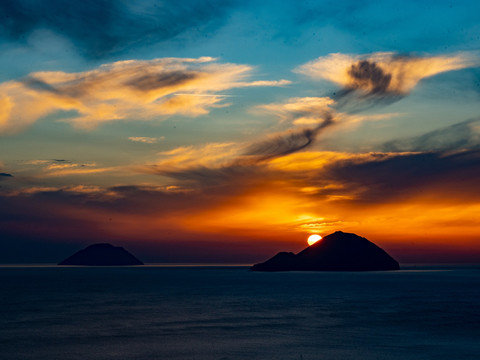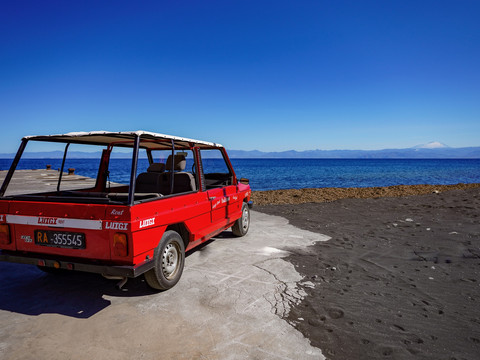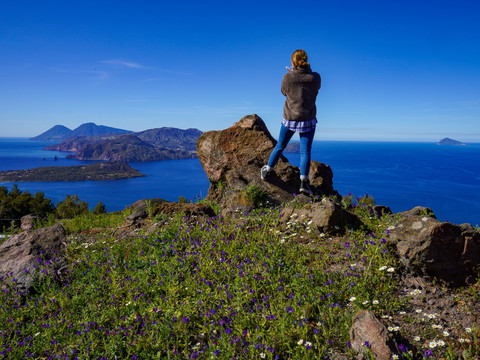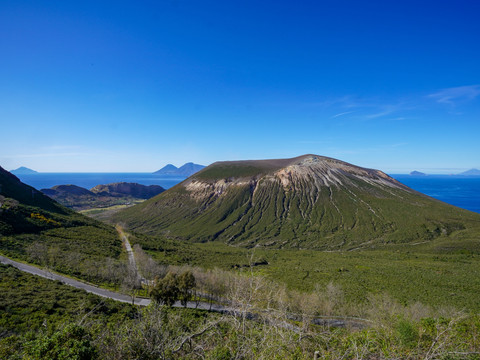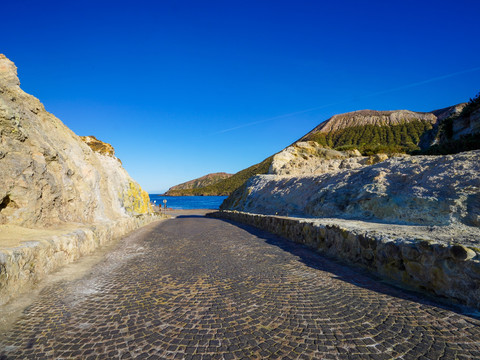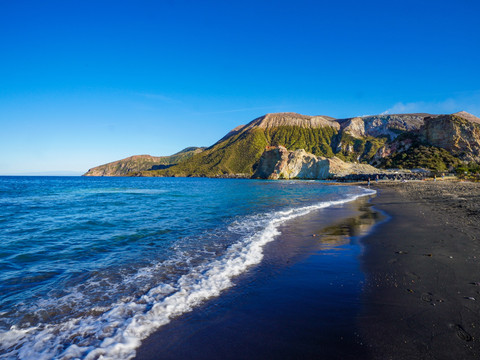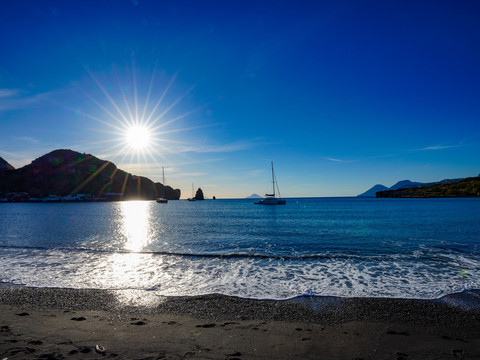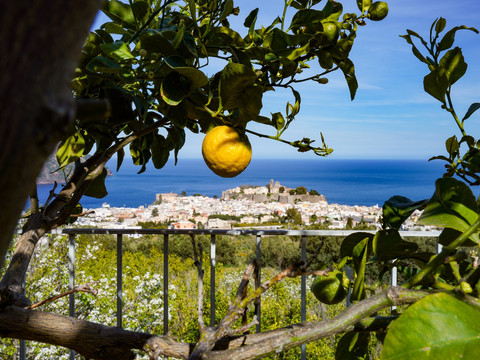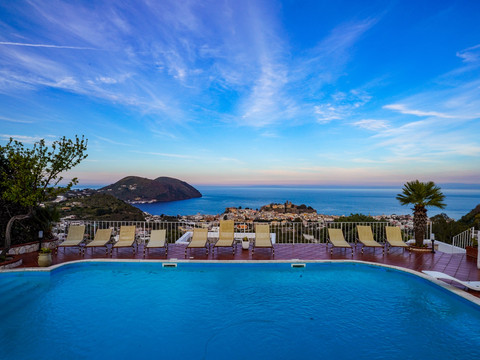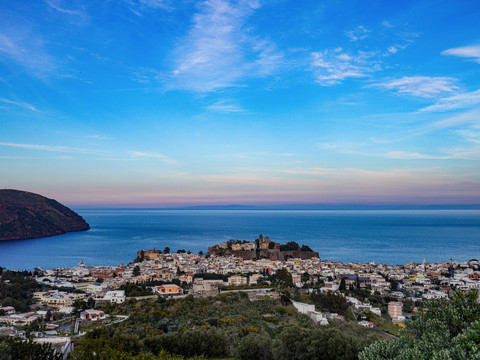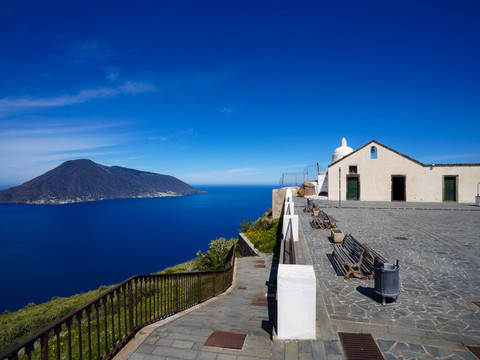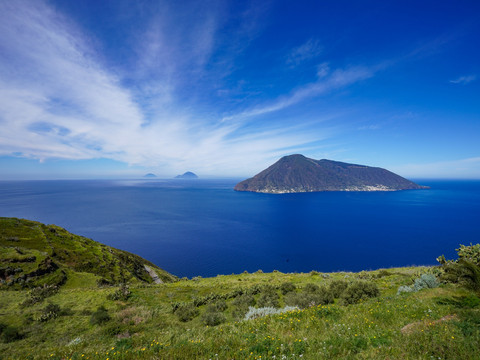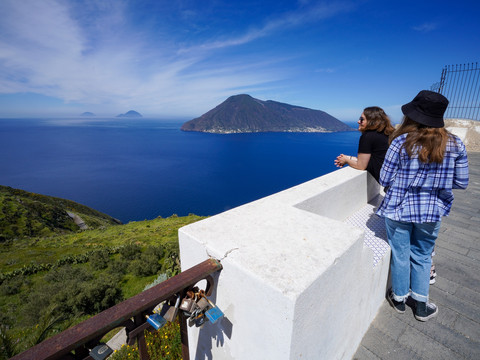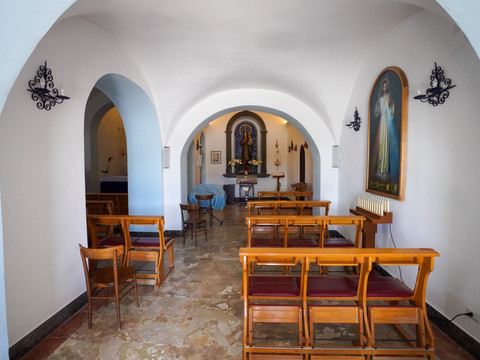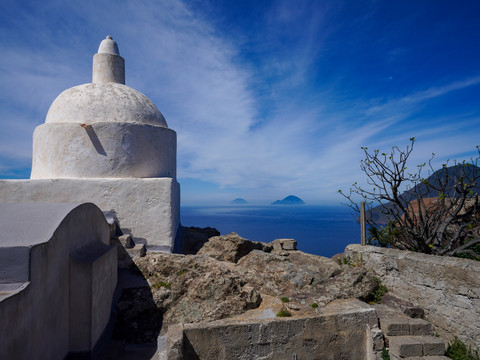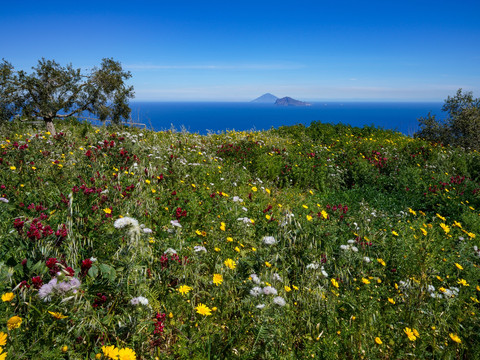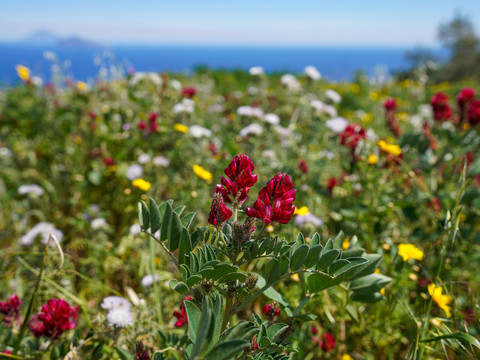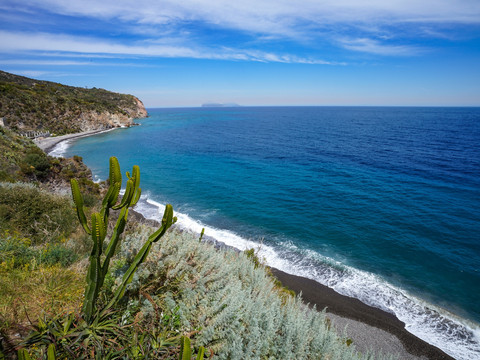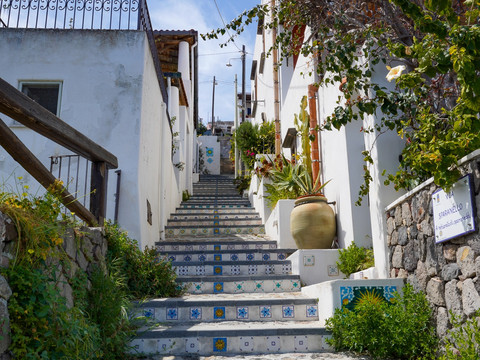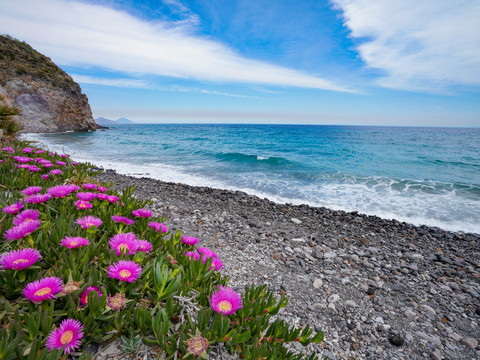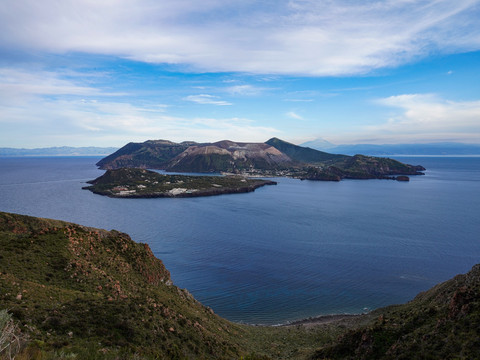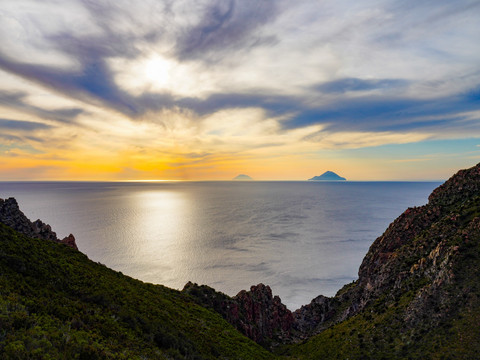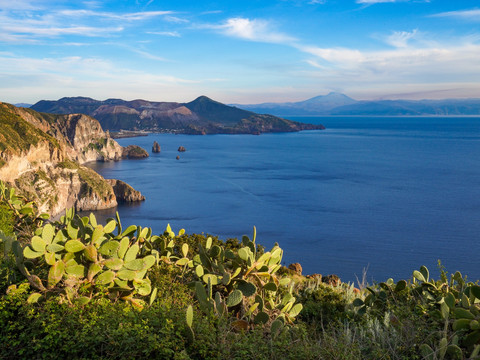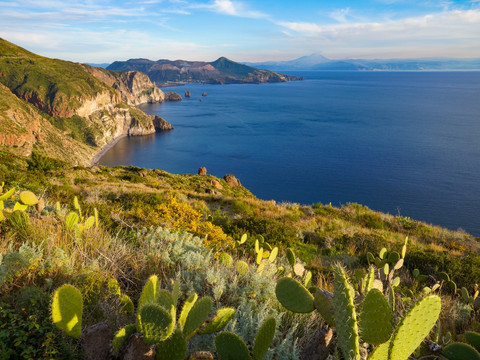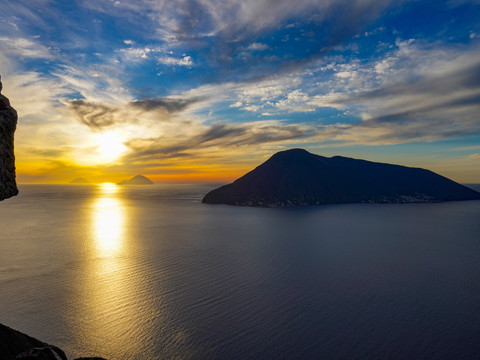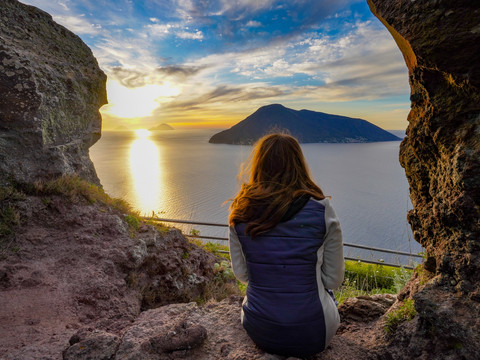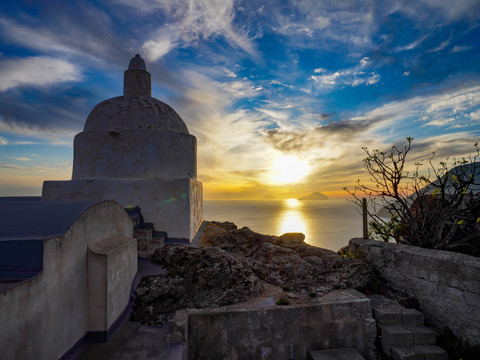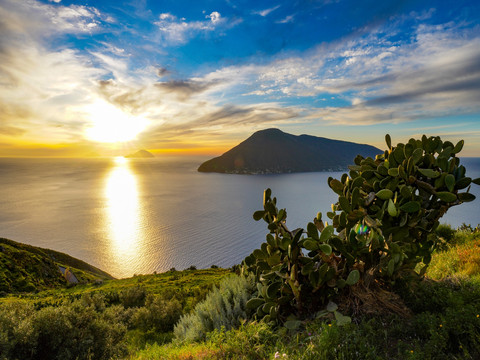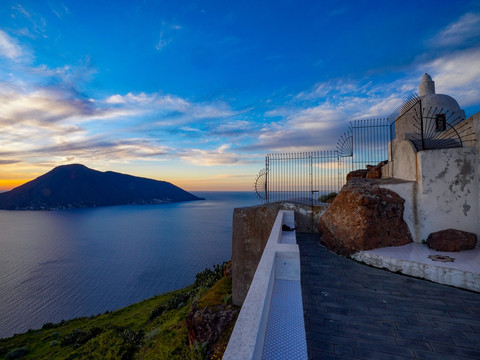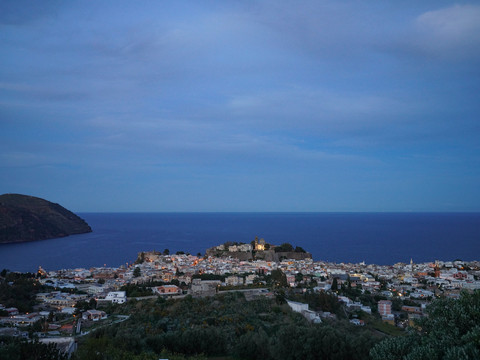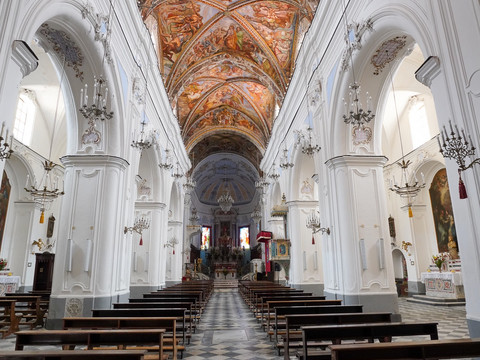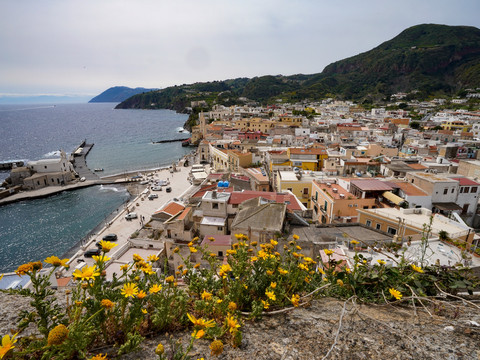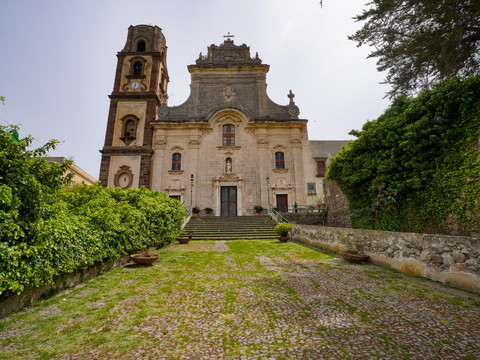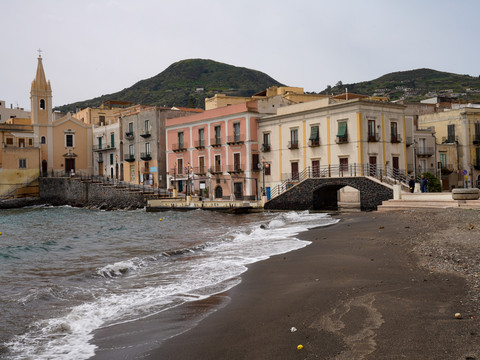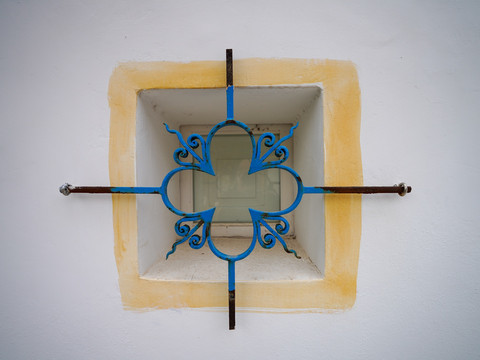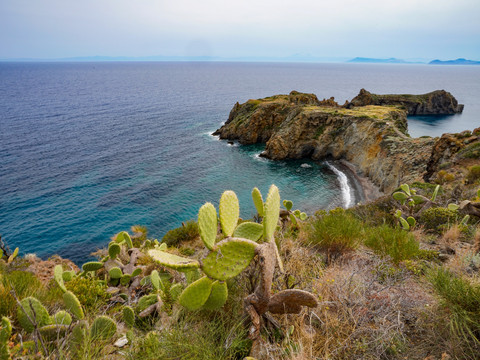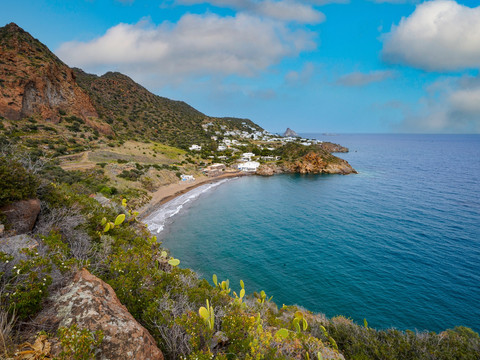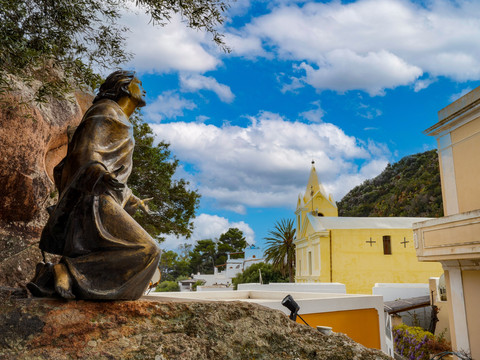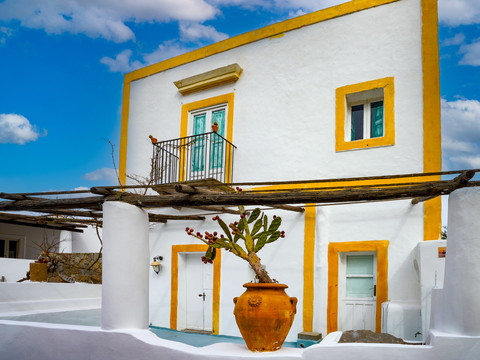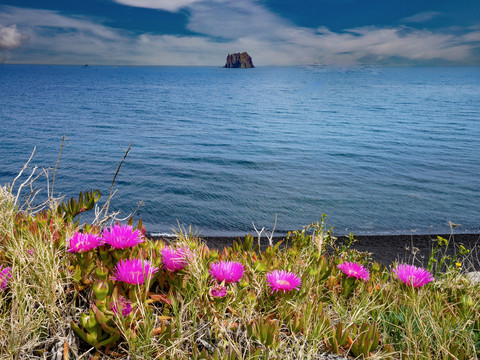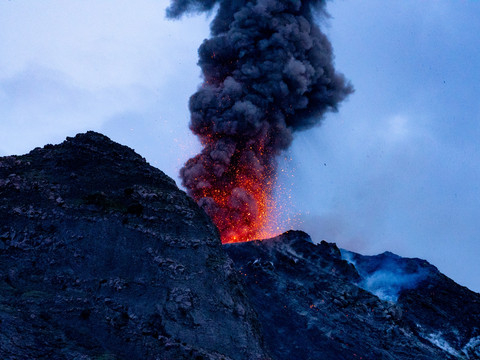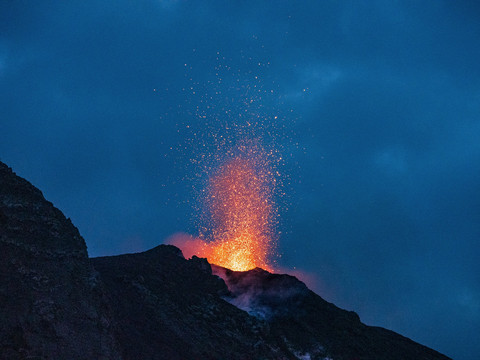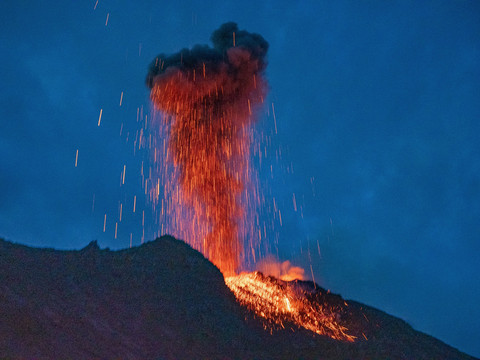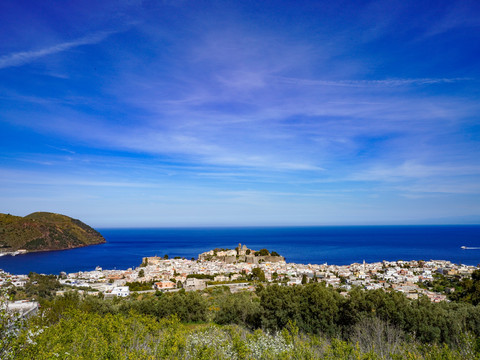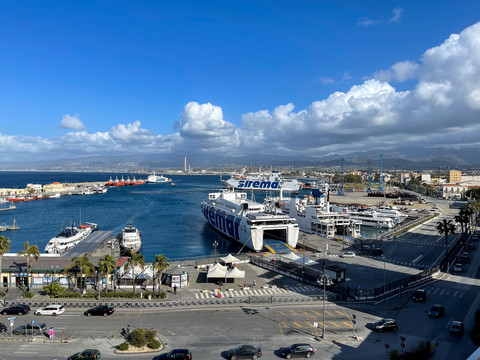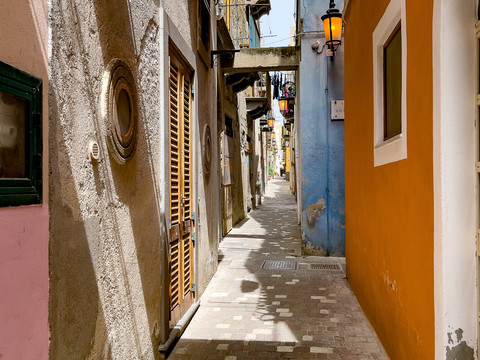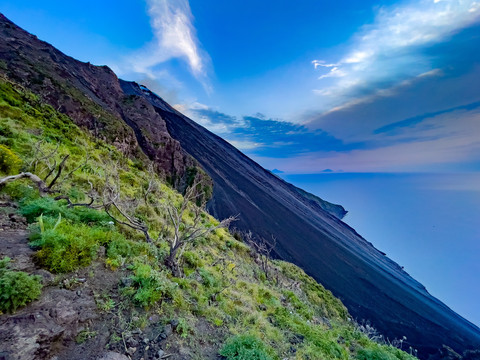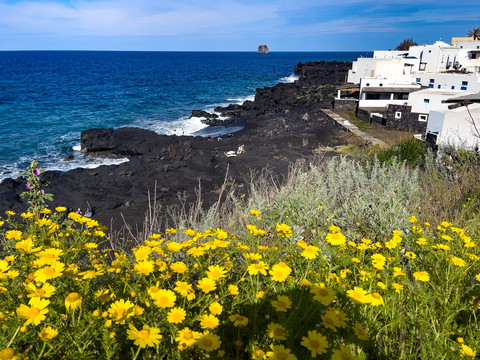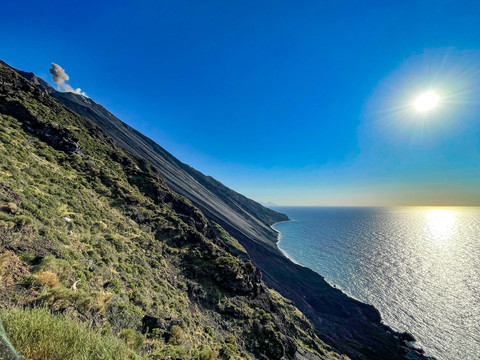They are Sicily's little sisters, seven in number. The Lipari Islands lie picturesquely in the Tyrrhenian Sea, just a stone's throw from Italy's boot tip and Sicily's northern beaches, luring visitors with green volcanic slopes, black sand beaches, coastal hiking trails and diving spots, some of which are among the best in Europe. None of the seven islands - Vulcano, Lipari, Salina, Panarea, Stromboli, Filicudi or Alicudi - has yet been destroyed by mass tourism. Here you can find peace and quiet on islets, partly without roads and car traffic, pure nature and even active volcanoes. The Lipari Islands are the perfect destination for individualists, hikers, adventurers and escapists.
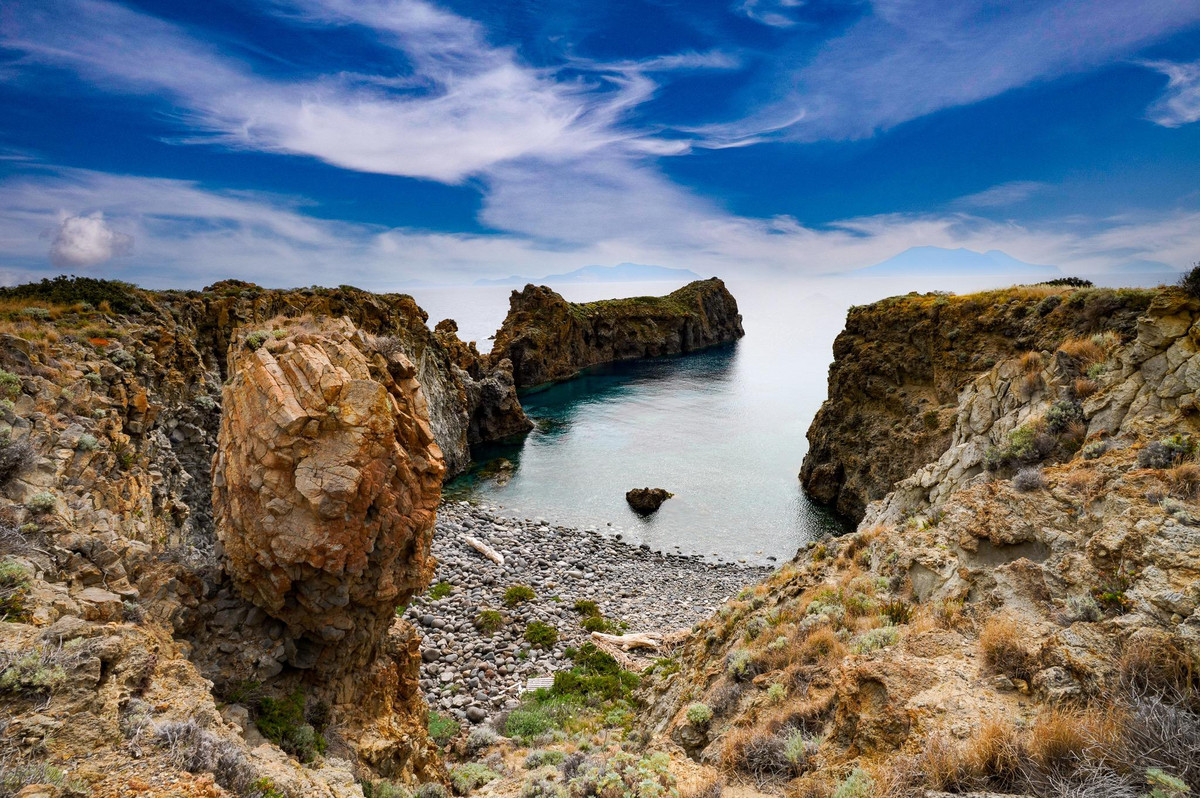
In German-speaking countries, the archipelago is known as the Lipari Islands. Internationally and in Italy, however, the islands are called the Aeolian Islands or Isole Eolie. According to legend, Aiolos, the Greek god of the wind, once lived here. The winds here can be quite strong, but actually the Lipari Islands are above all islands of fire and the result of a chain of volcanoes stretching from Vesuvius to Mount Etna. With Vulcano and Stromboli, they are home to two active volcanoes. This is one of the reasons why the Lipari Islands are a UNESCO World Natural Heritage Site. So far, there have been no large numbers of tourists, but word is slowly spreading that the Mediterranean is available here at a good price-performance ratio. Even Alicudi - the most remote islet - is welcoming more and more hiking tourists. Fantastic hiking trails cover the islands of the entire archipelago - from relaxed walks along the coast to breathtaking tours to the active volcanoes Stromboli and Vulcano. Salina and Panarea attract a more discerning crowd with their wineries and family-run boutique hotels. The most remote island, Alicudi, at the very end of the ferry route, where donkeys climb steep paths from the harbour past mud houses and vines to the sleeping crater, is a hermit's dream. The history of the Lipari Islands comes to life in the Bronze Age ruins in Filicudi - in theatre masks or in the treasures of the Greco-Roman period salvaged from ships - on display in the Archaeological Museum. The island's cuisine is also fabulously good: you should try pasta with swordfish, capers, fennel and mint, or the creamy, crunchy cannoli waiting in the window of any pasticceria.
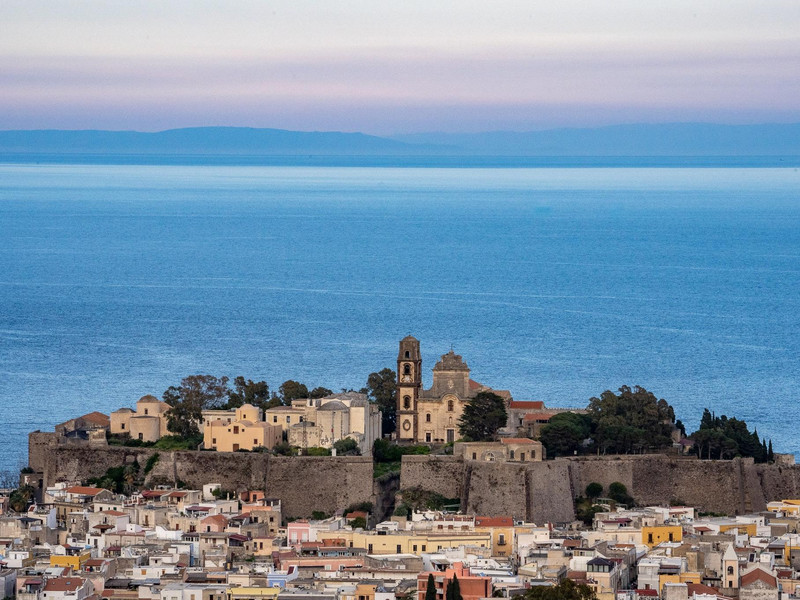
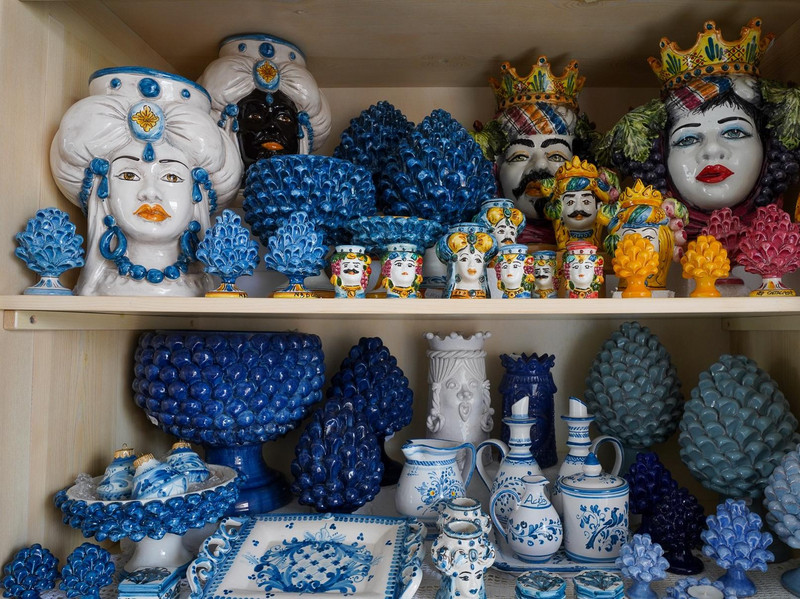
The islands can be reached by Aliscafi, the fast hydrofoils of Libertylines, or at a more leisurely pace by ferry. This way, you can easily experience the archipelago in a good week of island hopping. It all starts in the Sicilian ferry port of Milazzo. After a mere 50-minute boat ride, you are immersed in a completely different world and are greeted by the smoking volcano and the unusual smell of sulphur fumes on the island of Vulcano. Directly at the jetty, a few fumaroles provide the smell of rotten eggs. The hardy take a mud bath in the "Vulcano Terme I Fanghi". The mud is said to alleviate rheumatism and skin diseases. Important: Take off your jewellery and wear old bathing clothes. In the immediate vicinity, on both sides of the isthmus, are the two most beautiful beaches on the island, Spiaggia delle Acque Calde and Spiaggia Sabbie Nere. The latter is particularly beautiful in the late afternoon light. Exciting at Spiaggia delle Acque Calde are again the underground fumaroles. They ensure that the water remains pleasantly warm and feels a bit like a whirlpool until late in autumn. To explore the whole island, it's worth hiring a vehicle from Luigi, who has everything from eBikes to dinky Mini Mokes. Due to increased activity of the volcano, climbing to the crater rim is currently prohibited by the authorities. Nevertheless, you don't have to miss out on a panoramic photo. From the vantage point Capo Grillo - easily accessible by car - you can enjoy a breathtaking view over all the Aeolian Islands. If you are looking for solitude, the little village of Gelso on the south coast of the island is the place to go. Here you will not only find the black-sand beaches, but also the "Trattoria da Pina" with fresh fish and a dream view as far as Mount Etna on Sicily.
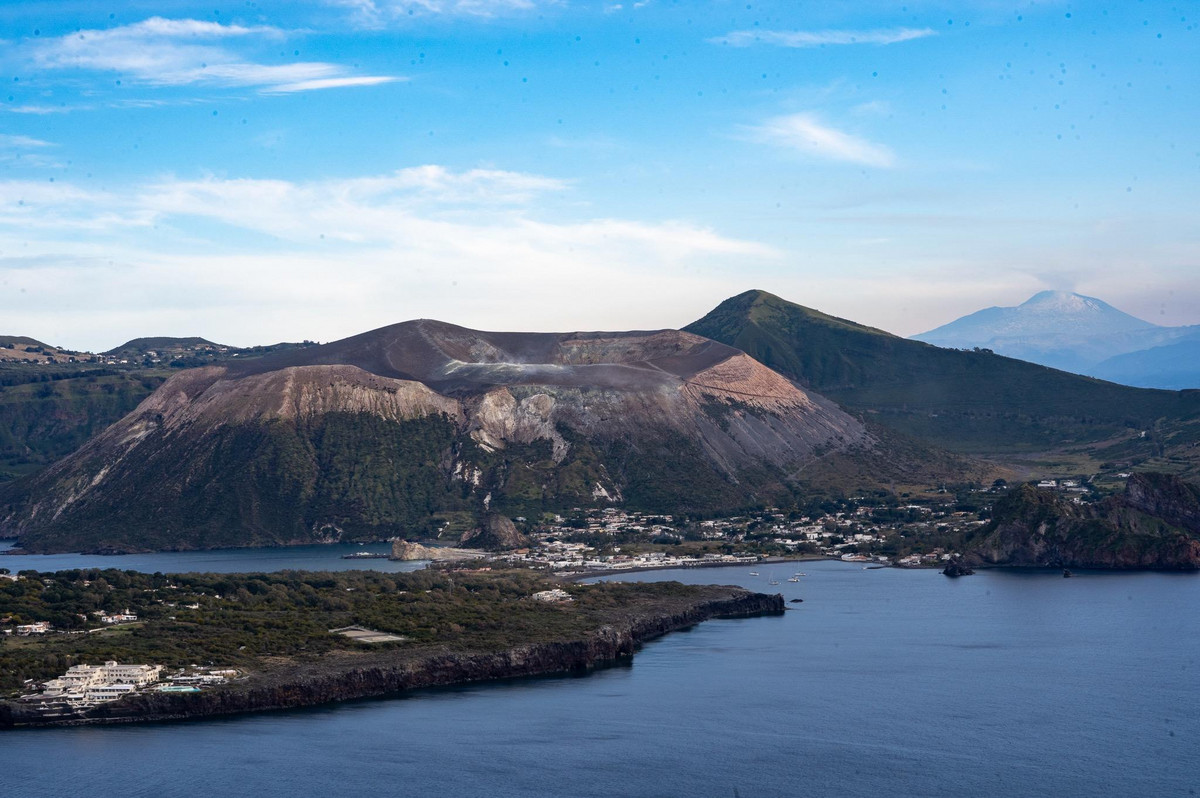
Lipari, by far the largest island in the archipelago, is home to about 14,000 inhabitants. The island is the main port of call for tourists and almost all ferries dock here. So does the Aliscafo from Vulcano - the hydrofoil takes just ten minutes to get here. Lipari even has something like a promenade with the Corso Vittorio Emanuele. Shops, tour operators, cafés, bars and restaurants are lined up here. The Cathedral of San Bartolomeo and the city's fortress are definitely worth a visit. The archaeological museum here is one of the most important in Italy. The Lipari Islands are also a hiker's paradise. A beautiful tour takes you from Quattropani via the Terme di San Calogero to Pianoconte. You hike towards the sunset, so to speak. The view during the hike is magnificent. In addition to the cliffs off the island, you can see Salina at the beginning and Vulcano later on. Even the outlines of Filicudi and Alicudi are visible on the horizon. You quickly forget that the path is completely overgrown in places and not so easy to walk on. On the way, the agriturismo "U Zu Peppino" invites you to stop for a bite to eat; the ristorante is popular with locals, especially for its sumptuous appetiser platters. The house speciality is maccheroni with wild fennel and rabbit in a dark sauce. The islands are not a typical bathing destination. There are only a few fine sandy and wide beaches. Mostly you have to make your way into the sea over coarse gravel or large stones. This is also the case on Lipari. The beach at Canneto is one of the most popular. You will find a special atmosphere at Havana Beach near Porticello. The former pumice quarry has something of an industrial monument about it. The white pumice stone gives the sea a Caribbean colour. Nearby, Campobianco beach is by far the most spectacular: here you can whiz down pumice slides directly into the turquoise blue sea. However, this natural spectacle can only be reached by boat. The beaches are quickly listed, but viewpoints are a dime a dozen. Worth mentioning are, for example, Osservatorio with a beautiful view to Vulcano or Belvedere Quattrocchi, where the view falls down to the deep blue sea and the offshore rock formations. My favourite spot: the old church of Quattropani. A small path through a meadow full of colourful flowers leads you to larger rocks. From here, the view sweeps across to Panarea and Stromboli, as well as Salina and the two more distant islets of Filicudi and Alicudi. Pack a drink and enjoy the beautiful sunset.
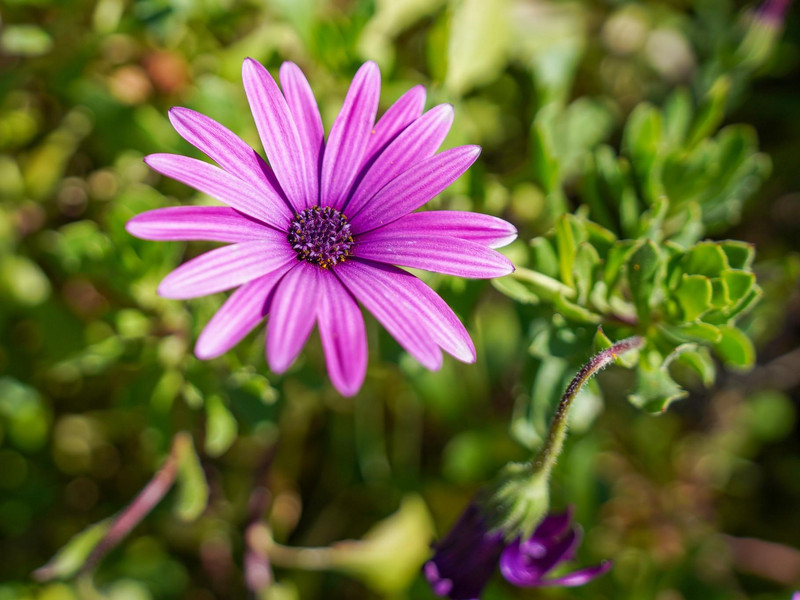

Salina is called the green pearl and is the second largest of the Aeolian Islands. It differs from its sisters in that there are hardly any beaches here. This may be one reason why it is a little quieter here. Apart from tourism in the summer months, the inhabitants of Salina live mainly from agriculture, especially from the cultivation of capers and wine. By the way: Salina served as a film set for the wonderful film classic "Il Postino". In Pollara, a small monument to the protagonists Pablo Neruda and Mario Ruoppolo has been created in the form of a painting. Just a stone's throw away is also the famous L'Oasi Snack Bar, where the classic film is shown every evening in summer. The special feature of the bar, however, is the basket cable car. On pre-order, small delicacies are delivered directly to the beach.
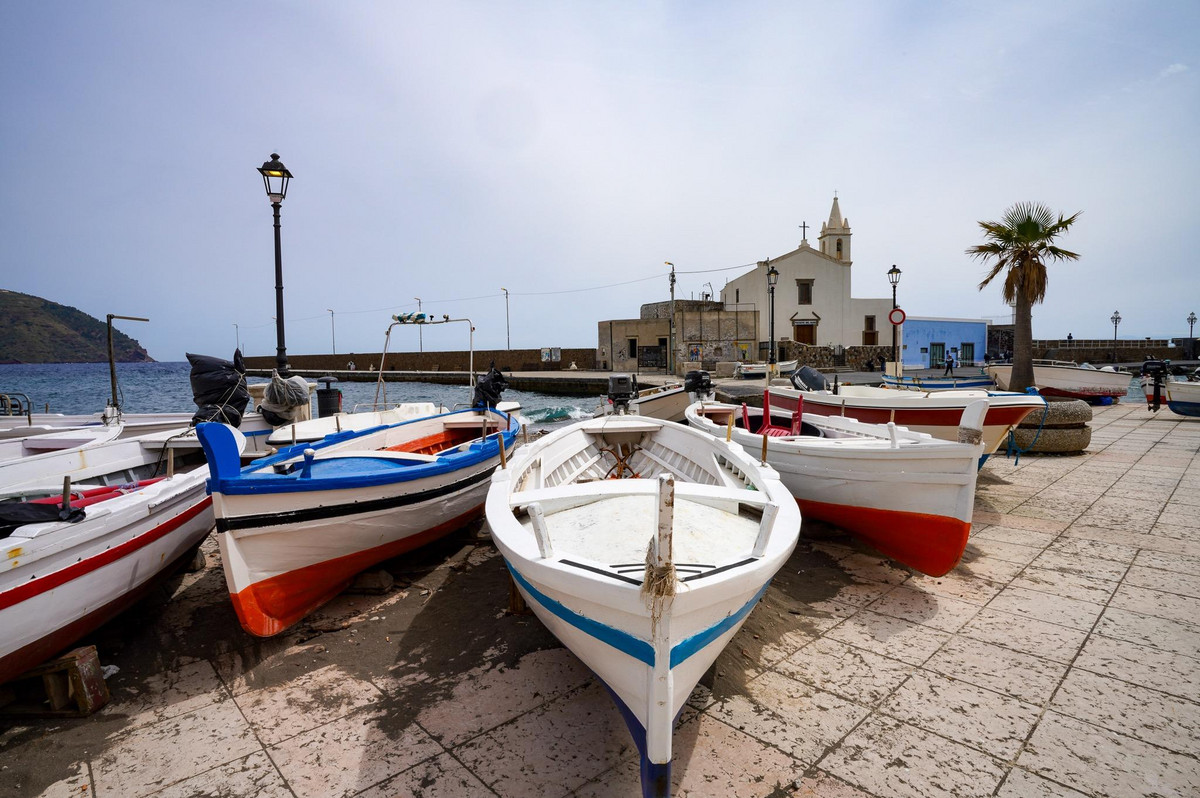
Many tourists literally leave the smallest of the Aeolian islands, Panarea, on their way to Stromboli. Don't make this mistake and stay at least one night. In summer, the chic from northern Italy and the jet set with its glittering yachts meet here. In the low season, however, island peace and tranquillity reign on Panarea. The small island is pleasantly idyllic; the village with its pretty alleys and whitewashed houses is reminiscent of Greece. We recommend a hike through the village and on to Cala Junco, where the remains of a Bronze Age settlement can be found. Not far away, the sandy beach of Cala Zimmari beckons you to take a dip in the cool water. In the evening, treat yourself to an aperitif at the harbour and watch the colourful hustle and bustle. You're sure to spot Pino the rooster, who is practically part of the harbour's inventory.
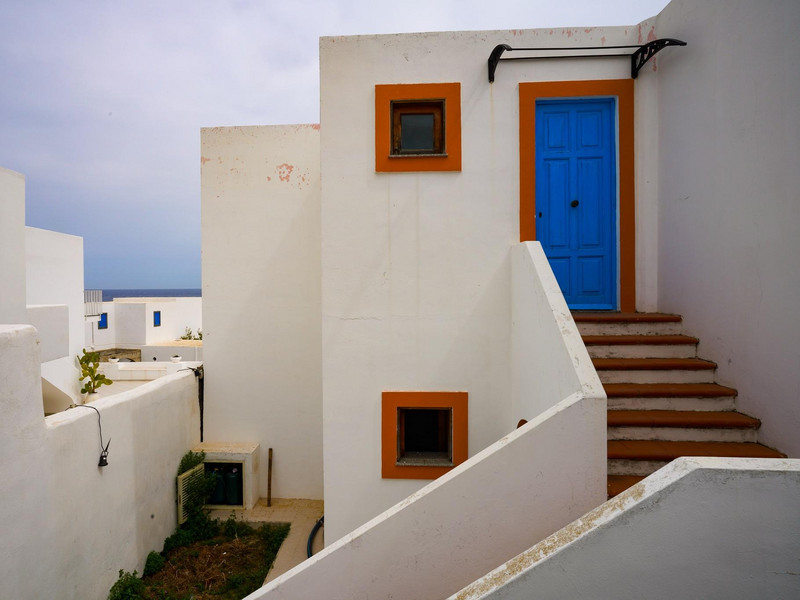
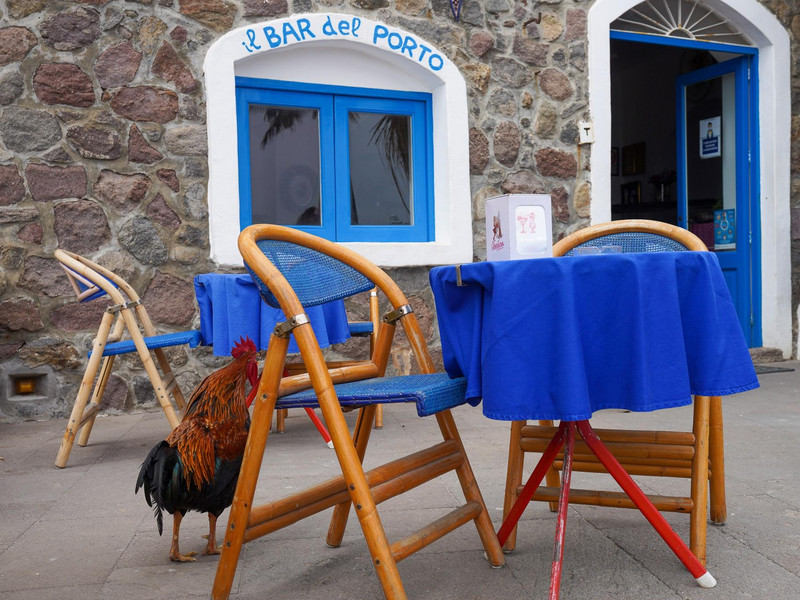
The fiery end of the island hopping is the island of Stromboli, which comes across as very touristy. Everything is geared towards the spouting volcano, one of the few permanently active volcanoes in the world. Not for nothing was Stromboli already known in ancient times as the "lighthouse of the Tyrrhenian Sea". At intervals of 10 to 15 minutes, there are major eruptions with the ejection of small pieces of rock and lava. It is not for nothing that this regular, not too strong ejection of lava, cinders and ash is called a strombolian eruption. Normally, you can climb up to the three craters of the approximately 900-metre-high peak. However, you are not allowed to climb the mountain without a licensed mountain guide. Failure to do so can result in severe penalties. The hikes usually start in the late afternoon, so that you are at the crater by dusk. From time to time, Stromboli decides to have major eruptions again in addition to its normal activity. The last major eruptions were in 2007 and 2019. During the eruption in July 2019, unfortunately, a hiker also died after being hit by rock fragments. Since then, it is no longer possible to climb to the summit until further notice. At the moment, you have to be content with the lookout point at the Sciara del Fuoco at an altitude of about 400 metres and watch the eruptions from there. But even from here, the spectacle and the red lava fountains are easy to see.
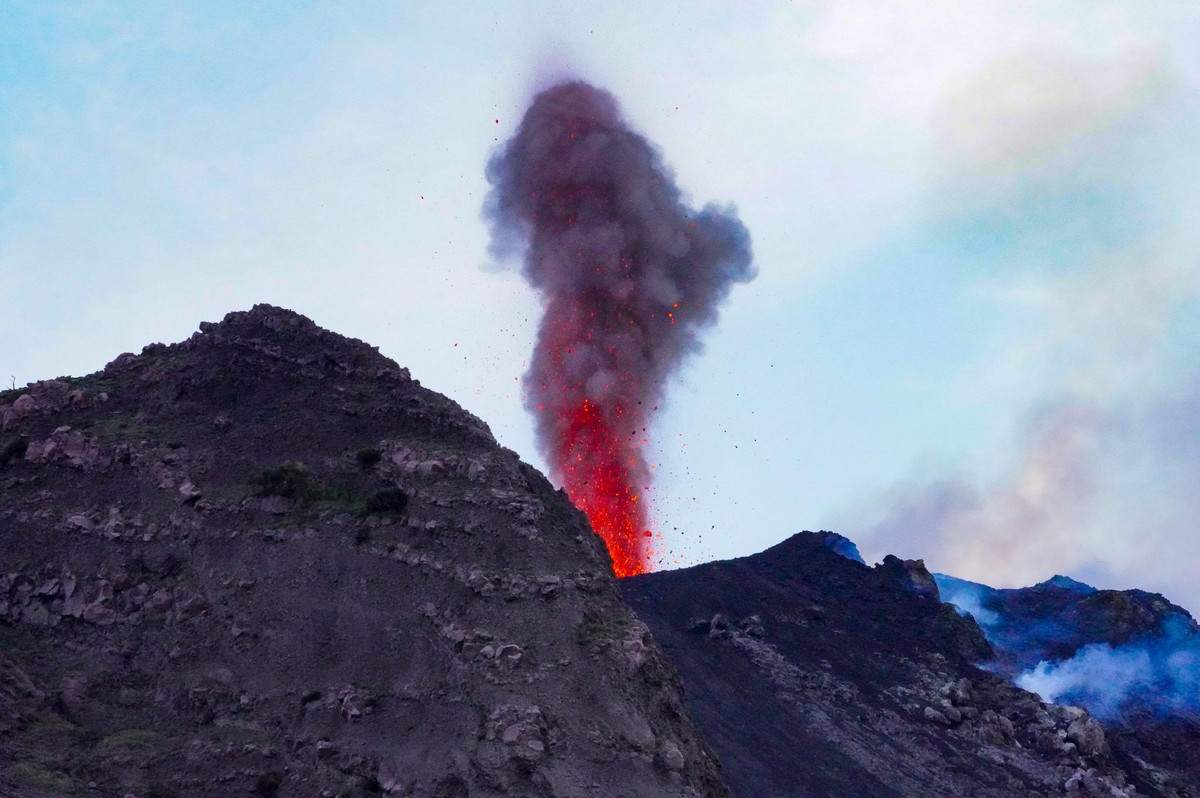
If you are hungry, you should reserve a place on the terrace of the former Osservatorio below the viewpoint, which is now a well-visited pizzeria. From here, too, you can watch the volcano's activities during dinner. By the way: The island became famous not only because of the volcano, but also because of the film "Stromboli - Terra de Dio" by Roberto Rossellini with Ingrid Bergmann in the leading role. The black-and-white film was shot on Stromboli in 1949. Ultimately, it was the affair between Bergmann and Rossellini that caused more of a stir than the film itself.
Just as "Il Postino" is shown on Salina, "Stromboli" is shown in many bars on Stromboli in the evening. Roll the film and salute!

To properly prepare for your trip
How to get there:
By flight to Catania or Palermo and shuttle/taxi to Milazzo or train to Napoli and ferry crossing.
Hydrofoil service:
www.libertylines.it
How long to go:
At least a week
Best time to go:
May to October
Highlights:
Panarea, Vulcano, Stromboli volcano, Chiesa Vecchia Lipari.
Accommodation Tip:
Vulcano:
www.holidayeolie.it
Lipari:
www.villa-paradiso-sicily.com/apartments
Panarea:
www.hoteloasipanarea.com/site/
Stromboli:
www.ilgabbianostromboli.it
More info:
www.italia.it/en/the-aeolians-the-volcanic-islands
Realised by Michael Bachmann
Further travel pictures under www.kissed-by-nature.com
